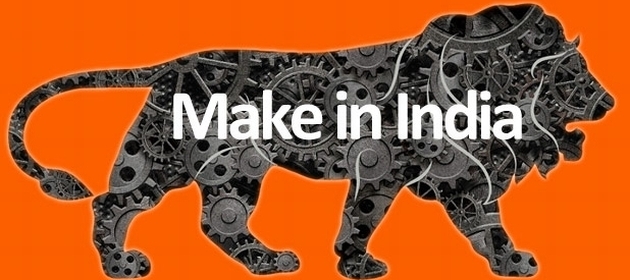 I was introduced to SINE (Society for Innovation and Entrepreneurship), the technology incubator at my alma mater IIT Bombay, when I attended the Silver Jubilee Reunion of my Class of 85 in 2010.
I was introduced to SINE (Society for Innovation and Entrepreneurship), the technology incubator at my alma mater IIT Bombay, when I attended the Silver Jubilee Reunion of my Class of 85 in 2010.
Since then, my exposure to Indian technology startups has increased. As a budding angel investor, I’ve lately begun to closely follow the startup ecosystem and attend various startup events.
On most occasions, I hear startups complain about “uneducated Indian buyers”, tightfisted investors, pigeonholing tendencies, aversion to innovation, and so on. Many of them have even threatened to leave India and move to the Silicon Valley or Singapore or places they consider greener pastures.
As a marketer and buyer of technology, I find these concerns and threats to be a bit juvenile.
In my decades of experience as a technology marketer, I’ve learned that enterprises all over the world buy software to solve a business problem and not to slake their thirst for innovation or to get educated about every shiny new technology. Furthermore, pigeonholing a new product into pre-existing categories is a standard operating procedure in the procurement process of most companies.
Therefore, the practices that startup founders whine about are not unique to the Indian B2B technology market. They’re best practices all over the real world!
Now, in my capacity as a buyer of software for my customers and my own company, I’ve found various problems while dealing with Indian software startups. Let me illustrate them by walking you through my last three software purchases where I began with an Indian startup.
Product 1: Cloud A/B Testing Cloud Software
This software lacked even the most basic functionality required to run an A/B test e.g. button click tracking. Not one of the people who connected with me from the company – including its co-founders – had the domain knowledge or customer-facing skills required to understand the problem and provide a solution. I gave up after two days.
Product 2: Event Management Mobile App
I signed up for an event organized by a leading software association and, as a part of my attendance, I was required to install an event management app to keep myself updated of the event. I was shocked to find that the app had to be updated every time there was a change in the event schedule (which happened often). This was like having to reinstall WhatsApp every time you receive a new message! How ludicrous is that? Since I was already committed to attending this event, I had no choice but to use this app. But I decided then and there that, in the future, I’d stay away from any event that used this app.
Product 3: Social Business SaaS
I signed up for a free trial of this “powering the always on social business” software – and gave up a few minutes later. I posted my detailed feedback on the software’s shortcomings below the company’s blog post (http://pn.ispirt.in/demystifying-saas-conversions-a-pragmatic-approach-to-improving-your-website/). While my comment is no longer visible, suffice to say that the software didn’t work as advertised – it displayed all the social media updates about a brand, 95% of which was noise in the form of posts posts by the brand itself!
*****
Since I didn’t want to name or shame anyone in public, I’ve anonymized the product / company names above. However, should you wish to know more, please feel free to contact me.
Like I mentioned above, I began my search on all three instances with an Indian tech startup. But, because of the aforementioned problems – and many others that I haven’t bothered to recount – I eventually bought from vendors located abroad.
All the foreign products I bought worked as advertised, were priced in the same range as their Indian counterparts, and, above all, spared me the “Duh Captain Obvious” moments while interacting with their employees.
For example, for A/B testing, I finally signed up with the US company Optimizely and, when I had an issue, its founder Dan Siroker himself jumped on a call and sorted it out at one go (More on that at Art Meets Science With A/B Testing – Part 1.)
Indian tech startups would do well to stop blaming the Indian market and investor ecosystem. Instead, they should introspect deeply about their own weaknesses and focus on how to overcome them. Otherwise, their customers might flee abroad before them!



